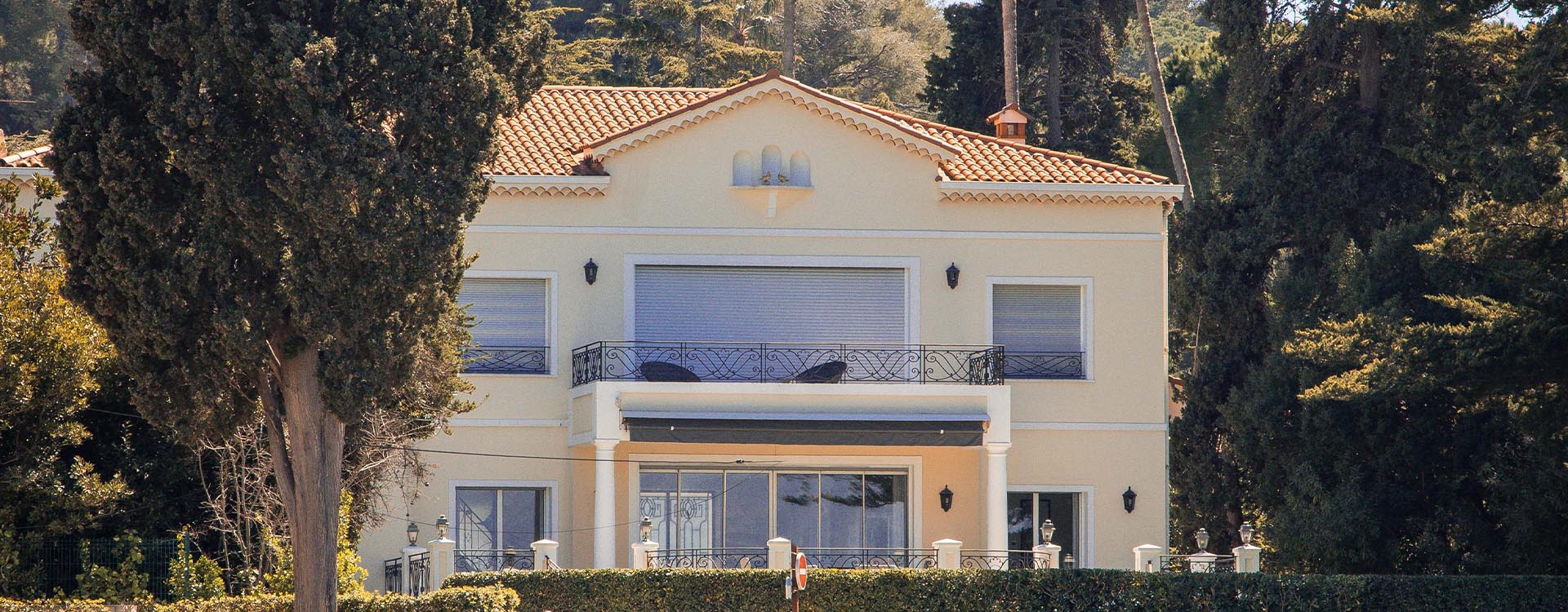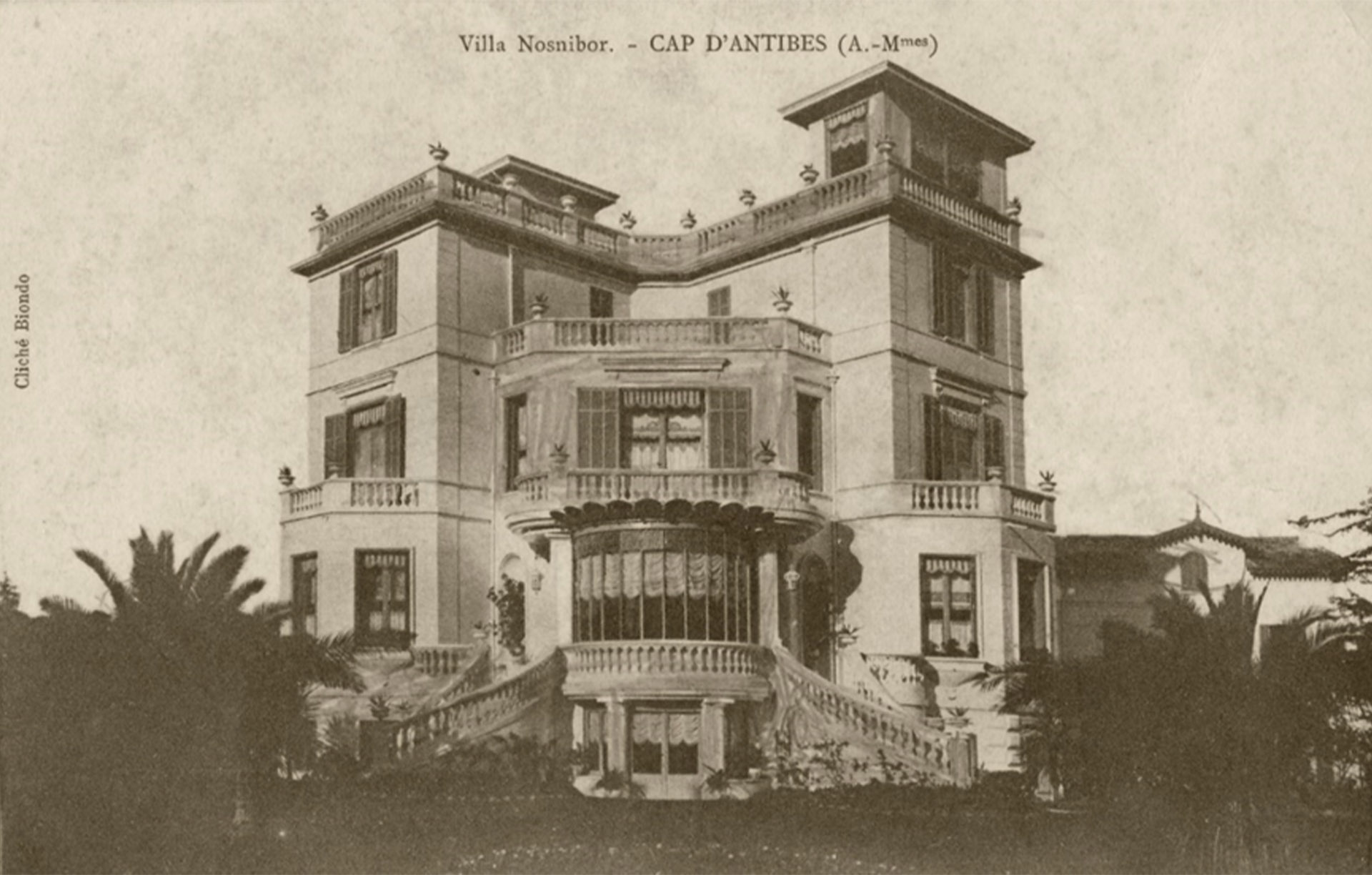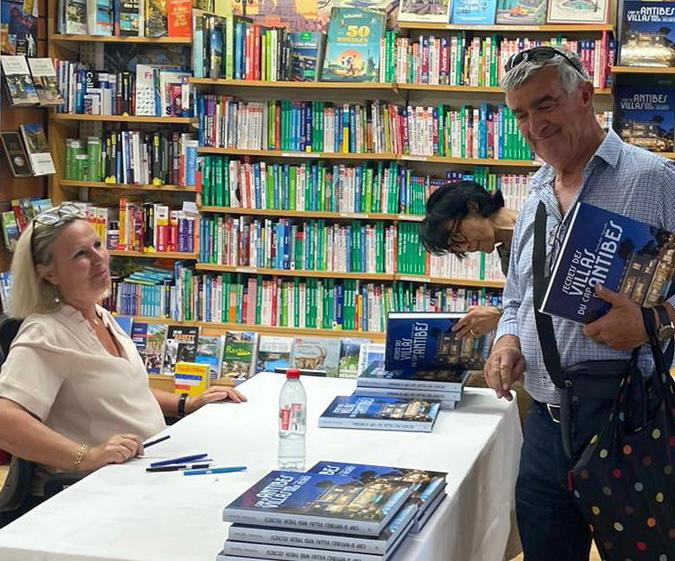Nathalie Aguado
Nathalie Aguado, 56, is a biographer and an Asian art collector. After studying History at the University of Paris VII and obtaining a Master's degree in Social Sciences, she became a History lecturer, an Educator at the Youth Legal protection and a Parliamentary Attachée. In these environments she successively conducted extended researches, drafted several texts - from amendments to speeches - and interviewed people from different horizons.
She lived for 14 years in Dubai, Singapore and Bangkok and worked with local artists, opened a fair trade gallery, wrote articles and gave conferences about Burmese art.
She lived for 14 years in Dubai, Singapore and Bangkok and worked with local artists, opened a fair trade gallery, wrote articles and gave conferences about Burmese art. Back in France, on the Côte d'Azur, she launched a book collection called Adieu l'Oubli (Goodbye Farewell) to bring to life centuries of families' stories. Upon her return to her country, she discovered the region through the historical angle. Today she unveils the Secrets of the villas of the Cap d'Antibes, a documented book, based on archives and historical data, the land register and family documents never shared before.


The book
The Secrets of the villas of the Cap d'Antibes results from the lightning strike of a history enthusiast for the Cap d’Antibes.
Une approche inédite de la presqu’île par le truchement des villas et de leurs habitants.
How can such a small territory (4 km²!) be renowned worldwide? How did the Cape attract crowned heads, aristocrats and international celebrities? Beyond prosperous periods such as the Roaring Twenties, did you know the peninsula faced the great turmoils of the century such as wars, the Bolshevik revolution, and the Italian immigration?
Discover over a hundred villas through a unique documented exploration, through incredible anecdotes, the great story, family sagas and well-kept secrets.
Two years of enquiries were needed to write this documented book, based on information gathered in the archives, the press, historical books and exclusive interviews. It is a beautiful object that, beyond being a fine coffee table book, also tells a century of history.
Excerpts
The Castle of unhappy kings

A year after his abdication in 1938, the former English king, Edward VIII, rented the castle and refurbished it at his expense, before moving in with the Duchess of Windsor. […]. After the king of Belgium, Léopold III abdicated in 1950, he also lived in the Château de la Croë.
Umberto of Italy, as well as Farouk of Egypt, were two other kings that wanted to purchase this property, but never had the necessary funds. It is for this reason that people started calling this estate the “Castle of unhappy kings”.
The hectic life of the Cap’s millionaires

Everything was grand in the Gould’s daily life. While Franck [1] worked on his projects (the construction of the Provençal, then of the Palais de la Méditerranée), his wife Florence was becoming the new icon of Juan-les-Pins. Being a genuine epicurean, she had an intense lifestyle filled with sports, diners, galas, receptions, casino… She was, with Léo Roman, founding members of the water-skiing club.
* Franck Gould: American billionaire, philanthropist and businessman.
As Florence was a precursor, she started wearing pyjamas. The trend took on so well that Juan-les-Pins was nicknamed “Pyjamapolis”. These loose trousers were worn by all women that aspired to be elegant and truly left a mark on the fashion history of the 1930s.
La Cigaronne: murder, ruin, crime, suicide and internment

In this heavenly decor, La Cigaronne's owners should have had a peaceful life: Instead, their story was eventful and dramatic at times.
In 1922 in a hotel room in Cannes, a passionate lover killed the villa's young owner with a bullet through the head. The next owner was sent to a mental asylum. The villa then passed onto Mrs. Levison [...] What follows is dark and obscure. Five years later, Mrs. Levison's ex-husband, Mr. Martinez de Las Rivas bought the villa from her. Mr. Martinez de las Rivas, although coming from a wealthy shipowner family, is said to have ties with organized crimes.
He would participate in weapon trafficking from La Cigaronne, more specifically from his yachts, Le Hélius, moored in front of his villa. But this activity, as well as marrying a rich American, was not enough to cover his large debt. His creditors dragged him to court where he lost the villa.
The journalists that investigated this story do not all have the same version of what happened next. One claims that Mr. Martinez de Las Rivas hanged himself in his house, while another journal tells a different story, where he disappeared from the face of the earth while the police was actively looking for him.
La Calade: a pink ship among a palm grove

Pour La Calade, César Cavallin puisa une fois encore son inspiration dans l’architecture navale, mais pour Raoul Meyer *, il se surpassa. Il construisit un bâtiment composé de volumes distincts et asymétriques, de formes tantôt arrondies ou en angles, la terrasse semi circulaire du premier étage avec ses garde-corps aux allures de bastingage ressemblait au pont d’un paquebot.
La Calade, overlooking the boulevard du Maréchal Juin, only a few meters away from the shore, seems to be ready to set sail at any moment. Various details contribute to that image, like the French flag floating on top of the vessel’s mast, the windows designed like portholes, or the ladder leading up to the belvedere.
The constant ship references might seem excessive but as a genius architect, César Cavallin understood that making this strong and confident choice would birth a property with an inimitable personality. Following his vision, he decided to accentuate the modernity of the house by painting it pink.
More than eighty years after its creation, La Calade did not go through much changes, and the ship that resides among its splendid palm grove continues to awe any passersby.
* Meyer : Président-Directeur général des Galeries Lafayette de 1944 à 1970.
The enigmatic Nosnibor villa

In between the two wars, the Nosnibor villa became the center for meetings and influence of various spiritual movement followers. Blanche Rondeau quickly organized meetings for the French theosophical society, and the spiritual exchanges created a strange atmosphere emerging from the villa. From Nosnibor, the theosophical branch of Antibes rapidly gained importance in the French Riviera and soon became the most important branch in the country.
For years, every Sunday morning, Blanche Rondeau would receive up to eighty four visitors. These meetings attracted theosophists, scholars, artists, Buddhist specialists and intellectuals from all around the globe, including Rabindranath Tagore, Alexandra David Neel, Lady Rothermere, etc.
The Hotel du Cap-Eden-Roc’s clientele also wanted to follow this trend, and an invitation to the villa Nosnibor was a key socialite event that could not be missed. It makes us wonder if the visitors rushed with a real interest for the debates, or by pure snobbery.




















